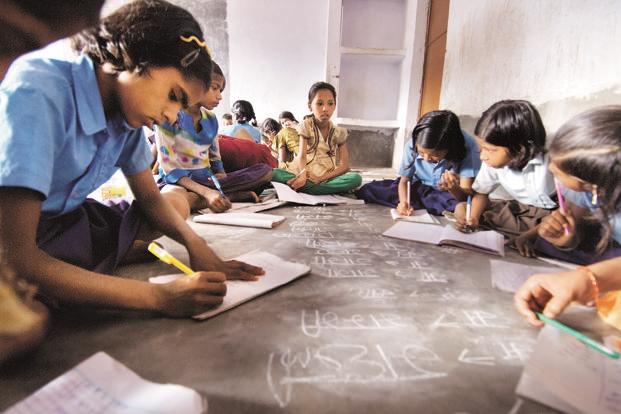
When the 14th finance commission recommendations on greater transfers to states were accepted by the Union government—which decided to cut its own social sector spending and instead transfer untied funds to states—there was widespread scepticism over how states would utilize this windfall, and whether they would fritter away the extra resources.
While these are still early days under the new institutional arrangement, the trends over the last few budgets (including the latest budgets for major states) suggest that state governments seem to have behaved responsibly when it comes to social sector spending, raising their expenditure on education and health even as central allocations to these sectors have declined.
To be sure, there are significant inter-state variations across the country, with developed states spending more per capita on these sectors compared to less developed ones, partly because they have greater resources and fiscal space to do so.
One encouraging sign in recent budgets is that poorer states seem to be raising their expenditure on health and education at a pace that is equal, or sometimes greater than their richer counterparts. For instance, education outlay in states such as Jharkhand and Madhya Pradesh saw greater increases in the fiscal year ending March 2017 than developed states such as Delhi and Andhra Pradesh.
Even in creating physical infrastructure, states seem to be ahead of the Union government, with aggregate state outlay on capital expenditure significantly higher than that of the Centre. Overall expenditure of states is higher than that of the Centre today although net of transfers, aggregate expenditure of states is still lower than aggregate central government expenditure.
Irrigation spending outlay seems to have gone up over the past few years even as spending on roads has remained more or less constant. Poor states, in particular, seem to have budgeted more for spending on irrigation.
Given the increasing squeeze on state finances, and their deteriorating fiscal health, it remains to be seen whether states are able to maintain the momentum in spending on social and physical infrastructure in the coming years.
This is the concluding part of a two-part data series on state budgets. The first part examined the fiscal health of state governments.
[Source:-livemint]










